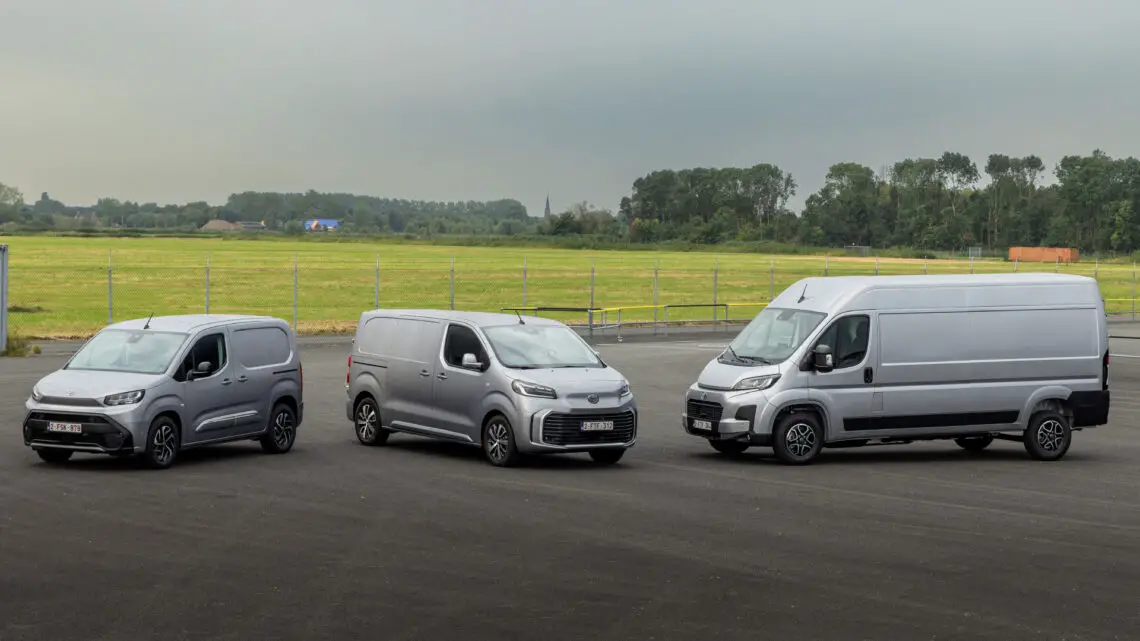Review – The updated Toyota ProAce models (2024)
Increased range for Toyota ProAce City Electric
The Toyota ProAce family already consisted of the compact ProAce City and the mid-size ProAce Worker.
Both models have been brought back up to date with a facelift.
Of course, there are cosmetic changes, but the most important news is on the inside.
For example, the ProAce City Electric’s electric motor now operates more efficiently, allowing 330 kilometers (WLTP) from the 50 kWh battery pack from now on.
That’s 55 km more than before.
Power output remains 100 kW (136 hp).
The official range of the larger ProAce Worker remains 230 km for the 50 kWh battery and 330 km for the optional 75 kWh battery (both also WLTP).
Thanks to a 100 kW DC (direct current) fast charging system, the 50 kWh battery can be charged to 80 percent in about 30 minutes.
For the 75 kWh battery, this takes about 50 minutes.
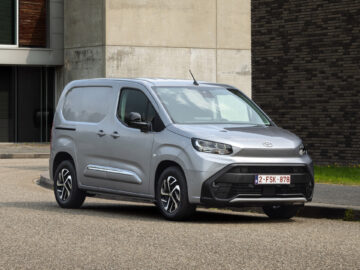

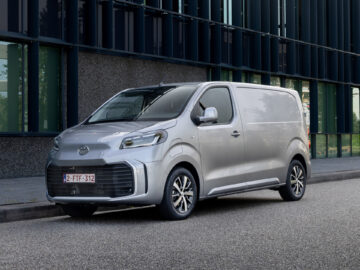
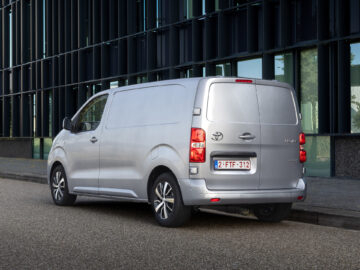
More innovations for Toyota ProAce City and ProAce Worker
Optional (standard for electric versions) is a new 10-inch digital instrument cluster, along with a similarly 10-inch touchscreen for the infotainment system with integrated navigation.
Steps have also been made in the area of safety.
Many safety and assistance systems used to be optional, whereas now almost everything is standard.
Think of things like the Pre-Collision System, Cruise Control with Speed Limiter, Lane Keep Assist, automatic high beam with twilight sensor, traffic sign recognition and rear parking sensors.
There are even some structural reinforcements to the body as well.
Of course, Verso passenger versions also benefit from this facelift.
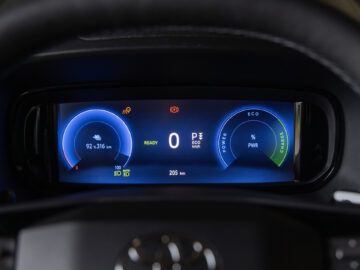
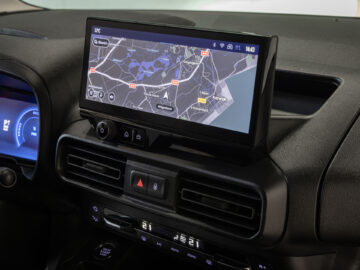
Fuel engines
In addition to the electric versions, the Toyota ProAce City still lets you choose between a 1.2-liter three-cylinder gasoline engine (81 kW (110 hp)) and a 1.5-liter four-cylinder diesel engine (96 kW (130 hp)).
Both are mated to a six-speed manual transmission as standard.
Only the diesel also comes with an optional eight-speed automatic transmission.
In addition to the electric variant, the ProAce Worker is also available with a 1.5-liter diesel engine with (88 kW (120 hp)) and a 2.0-liter diesel engine with 132 kW (180 hp)).
These engines can be combined with the same transmissions as for the City.
Plenty of configuration options
In addition, it remains possible, as before, to choose from various length and height variants and different fittings.
If your ideal van is not in the standard Toyota range, third-party configurations are available simply through the Toyota dealer.
So there is always a van that is perfectly tailored to your work.
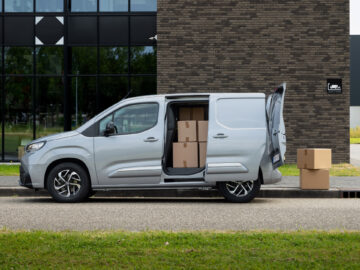
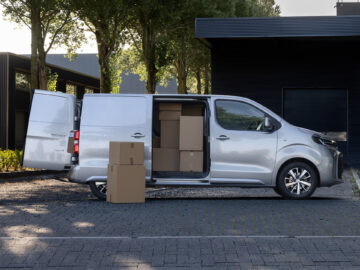
All-new: Toyota ProAce Max
A completely new addition to the Toyota van family is the ProAce Max.
Well, completely new… For the first time Toyota is releasing its own variant of the van we already know as Citroën Jumper, Fiat Ducato Opel Movano and Peugeot Boxer (and outside the Netherlands there are a few more brand variants).
So it is a van that has been around in its base since 2006, but in the meantime it has been modernized in a number of ways.
Thus, the ProAce Max simply benefits from all the aforementioned features of the facelifted other ProAce models.
Additionally, it offers standard full LED headlights, fog lights with cornering function, Traffic Jam Assist and crosswind assist.
Optional features include rear parking sensors, a rearview camera and 360-degree alerts.

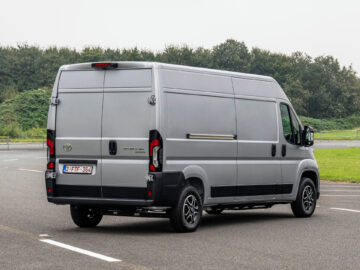
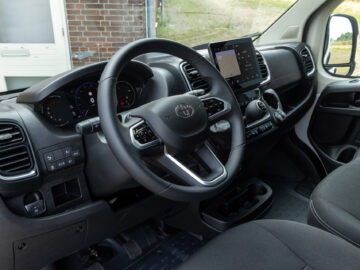
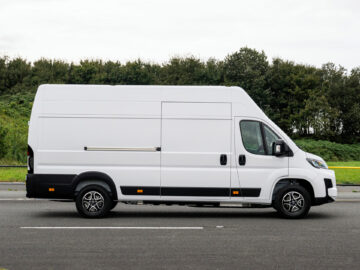
Various variants for Toyota ProAce Max
From the factory, the Toyota ProAce Max is already available in various body styles, with load volumes ranging from 10 to as much as 17m3.
In other words, there is then room for up to five europallets.
In addition, there are variants with single or double cabs, or with tilting open cargo boxes.
In addition, as with the smaller ProAce models, there are numerous conversion options, whether or not through third parties.
Depending on the configuration, the Toyota ProAce Max has a payload of up to 1,500 kg and a maximum braked towing capacity of up to 3,000 kg (2,400 kg for electric version).
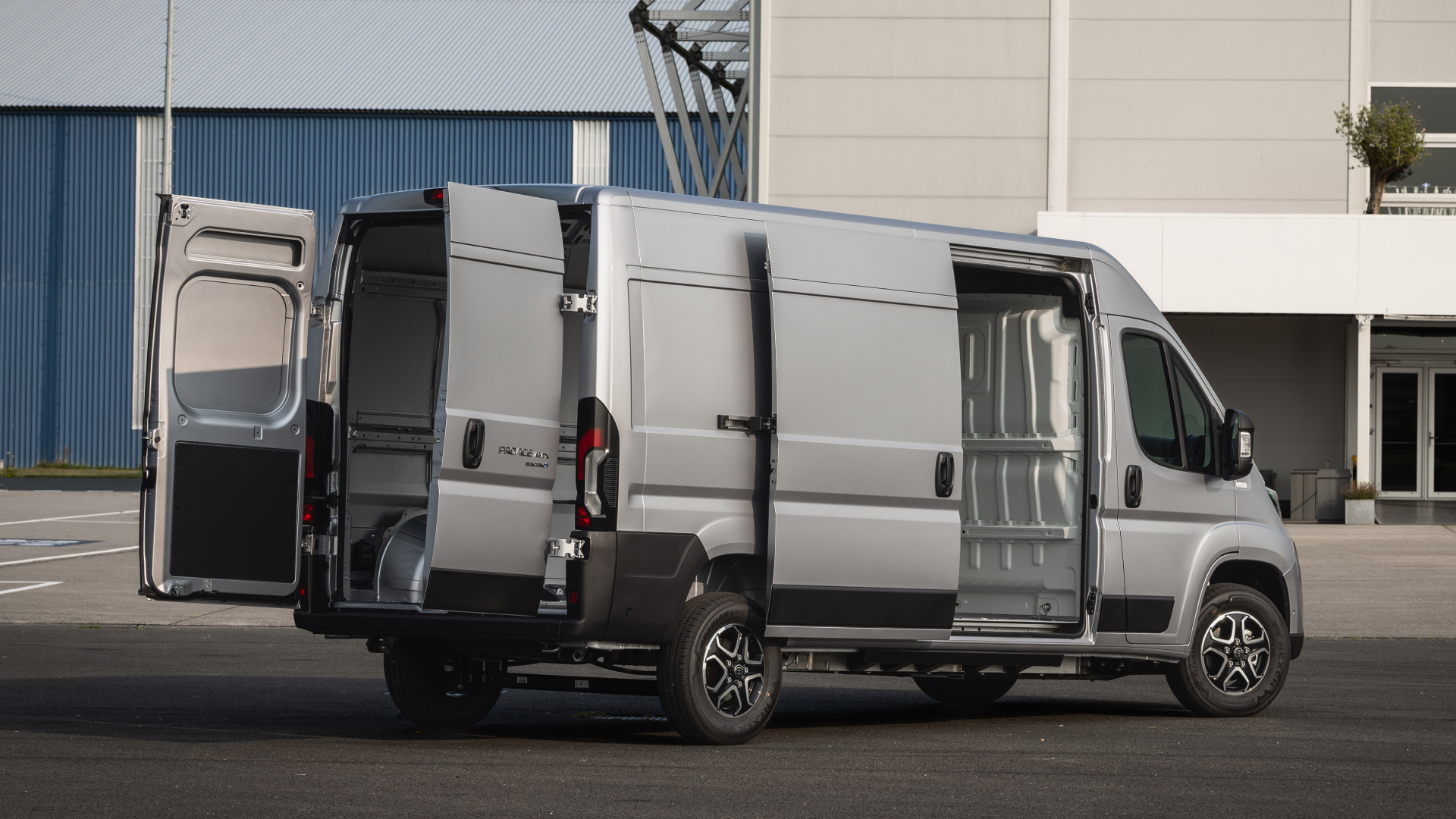
Engines Toyota ProAce Max
Compared to the smaller Toyota ProAce vans, the ProAce Max has its own powertrains.
The entry-level model has a 2.2-liter diesel engine with 88 kW (120 hp) and 320 Nm, combined with a six-speed manual transmission.
Above it is a 103 kW (140 hp) strong variant, which is also available with eight-speed automatic transmission.
Depending on the transmission, the torque is 350 or 380 Nm, respectively.
Above that is another 132 kW (180 hp) strong version with torque of 380 Nm (manual) or 450 Nm (automatic).
At the top is the all-electric variant of the Toyota ProAce Max, with an output of 200 kW (272 hp) and 410 Nm of torque.
Thanks to a 110 kWh battery pack, the range is 420 km (WLTP).
Charging to 80% takes a 150 kW fast charger.
Charging at a regular charging station is at 11 kW, but an optional 22 kW charger will be added to the offering in 2025.
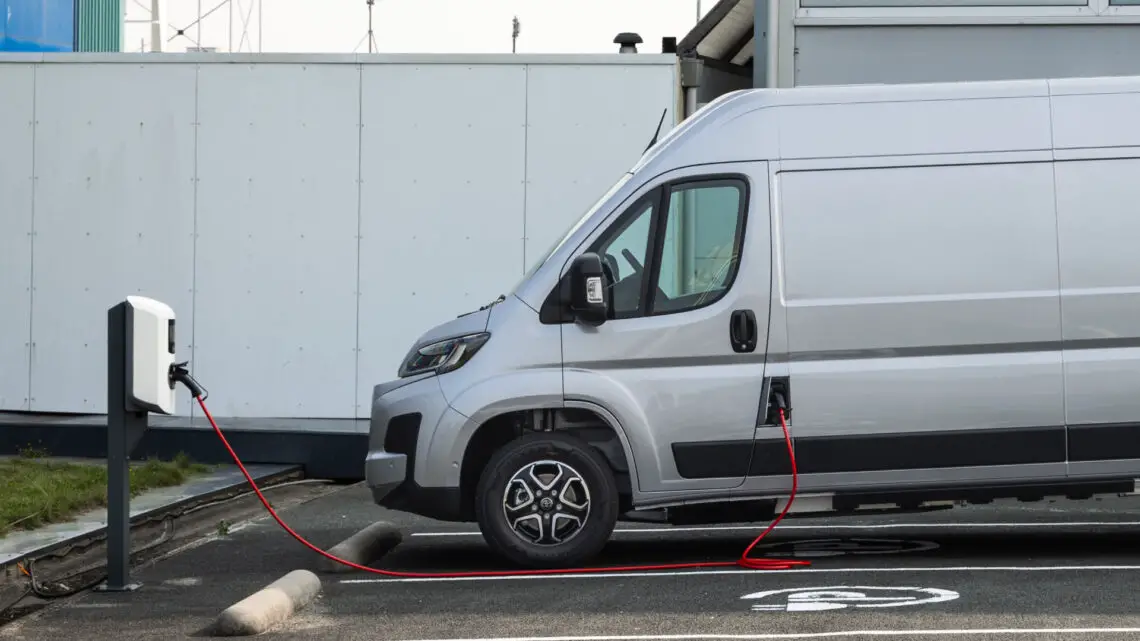
Driving the new Toyota ProAce models
We test drive the updated and new Toyota ProAce models right away.
We can be brief about the ProAce City and ProAce Worker.
The facelift hasn’t changed much about the driving, but it didn’t have to.
Both vans offer the comfort and handling of a passenger car.
As with any other minivan, they do drive better with some cargo in the back, otherwise they are a bit bouncy on short bumps.
We move on to the Toyota ProAce Max.
It offers a bit more of the driving experience of a commercial vehicle, although that’s exactly what it has.
The seating position is very high.
In absolute terms, but also relative to the van itself.
Steering wheel, counters and the rest of the dashboard are relatively low, at least if you are used to passenger cars or smaller vans.
The high seating position does offer the advantage of an optimal overview, both on the road and when maneuvering.
Because you sit so high up, your line of sight follows the exact course of the hood, so there is no blind spot just in front of the van.
However, the A-pillars are quite thick, it is noticeable as soon as we approach some traffic circles.
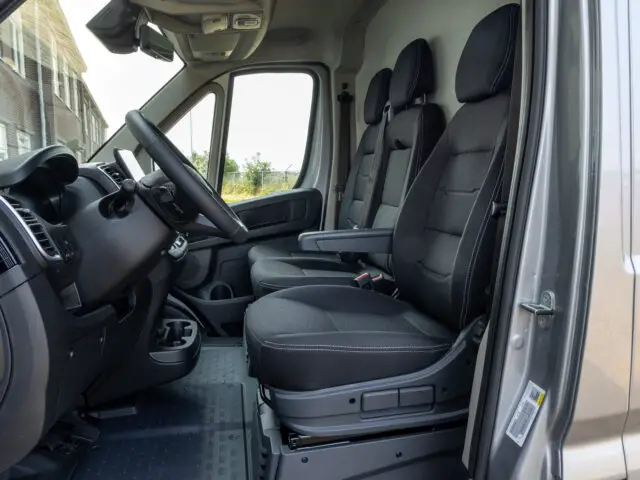
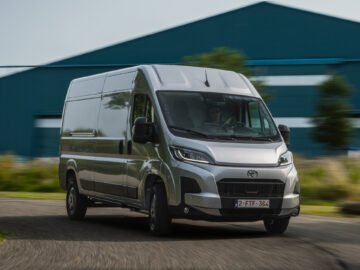
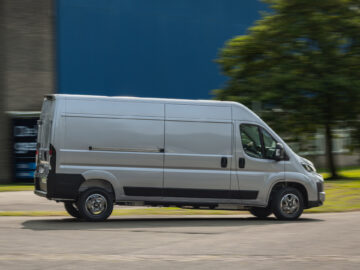
Digital tools
Also useful for the overview is the digital rearview mirror, which, with a nice clear image, ensures that you can keep an eye on the road behind you despite the closed rear.
However, the camera is mounted high (on the roof edge) and does not have a wide-angle lens, so a compact car can still disappear completely out of view behind the ProAce Max.
Compared to the other Toyota ProAce models, the Max also notices a bit more presence of the safety systems.
Beep for a minimum speed overrun, beep for a changed speed limit, beep for the shift indicator, beep for whatever now… At some point it starts to get used to it (but then again, what do the beeps add?) and it can all be turned off if desired, but you do have to disable some of the warnings for every trip.
With such a wide van, the lane assistant also quickly intervenes, but in a very subtle and controlled way.
So it can be done, a lane assistant that is not disruptive.
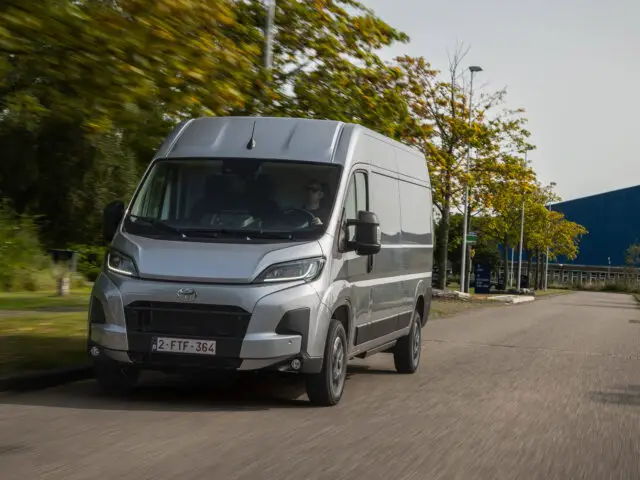
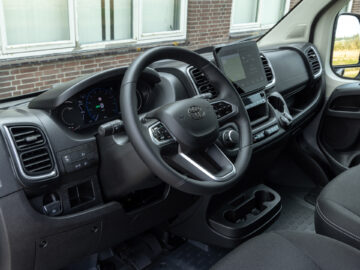

Other ride comfort is fine.
Bumps in the road surface are handled well, again with some cargo in the rear improving suspension comfort.
After all, on our test drives we drove empty.
As long as you don’t carry too heavy loads, the 120 hp version is actually powerful enough for Dutch traffic.
At the other end of the spectrum, the 272 electric horsepower makes it a seriously fast van.
In practice, that still means fine performance even with heavy loads.
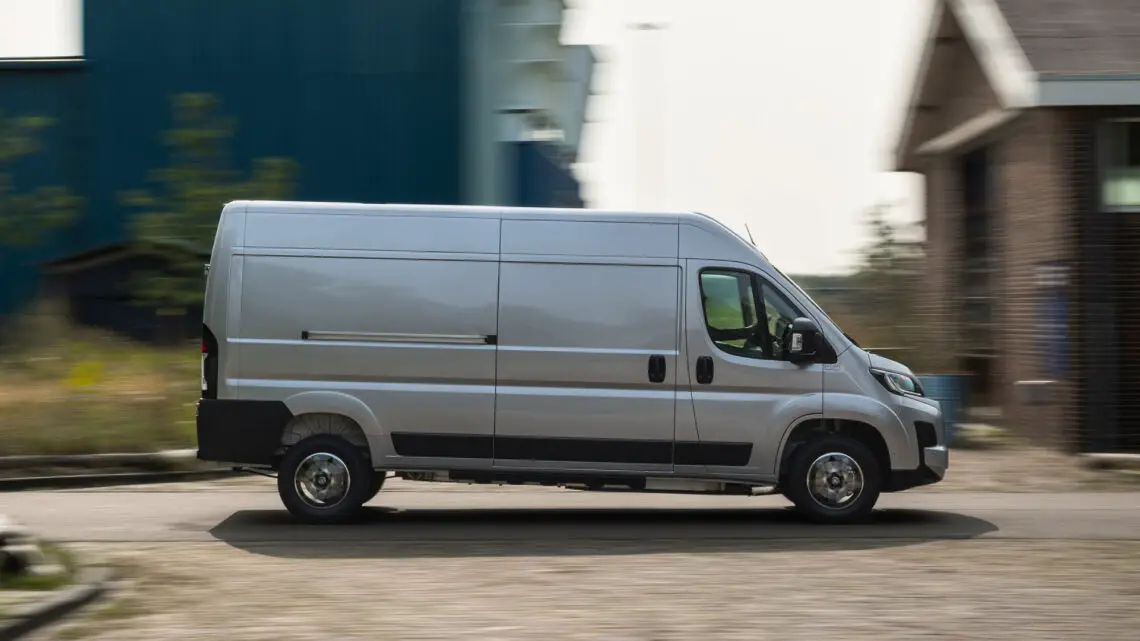
Prices
With all these innovations come new prices.
The new Toyota ProAce City can now be ordered from 18,600 euros, or from 32,300 euros in fully electric version.
The new Toyota ProAce Worker has a new starting price of 27,000 euros for the diesel version and 38,800 euros for the electric version.
Prices for the Toyota ProAce Max, which will be launched in early 2025, will be announced by then.
By the way, these are gray license plate prices (i.e. also excluding VAT) and valid for 2024.
When the bpm exemption expires in 2025, the fuel version will probably cost more or less the same as the electric version.
Extended warranty
As with Toyota passenger cars, the ProAce models have a factory warranty extendable to 10 years and 200,000 kilometers.
For the battery-electric versions, the warranty is even more extensive: up to 10 years of battery warranty (up to 300,000 kilometers) and up to 70% of the original net battery capacity.
